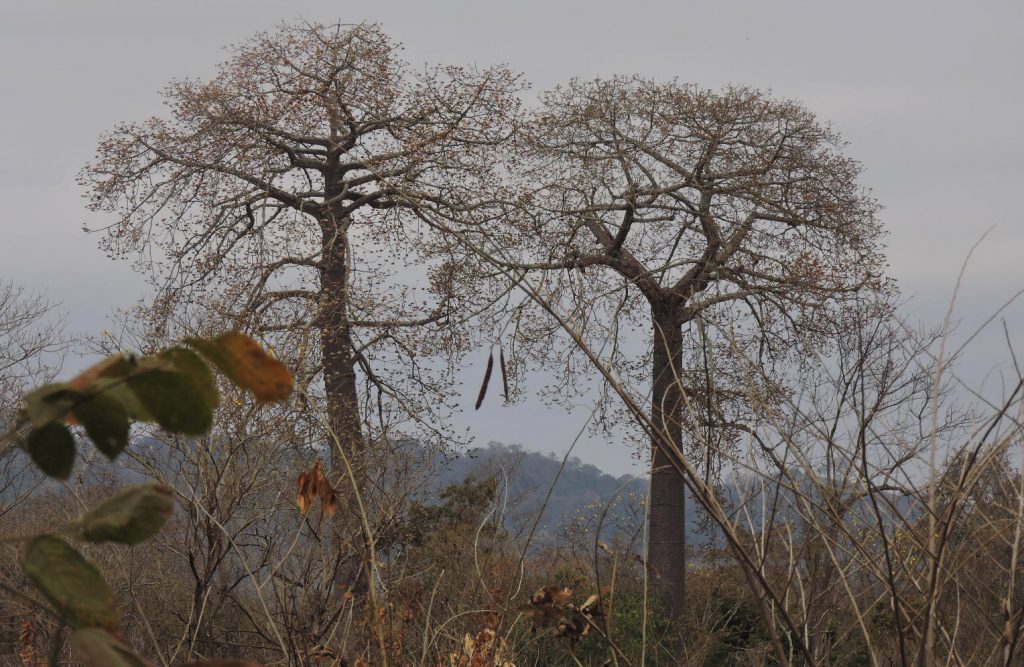The pijío tree (Cavanillesia platanifolia) is a tree species native to the dry forests of Central and South America. It is the tallest tree in this ecosystem, reaching heights of up to 40 meters. Its trunk is straight and cylindrical, with a smooth, gray bark. The leaves are large, simple and dark green. The flowers are small and yellow or white. The fruits are large and round, and contain edible seeds.
The pijío is an important tree for the dry forest ecosystem. Its large size provides shade and habitat for a wide variety of plants and animals. It is also a food source for many species of birds, insects and mammals.
Unfortunately, the pijío is threatened by habitat loss. The expansion of agriculture and livestock has reduced the area of dry forests in much of its distribution area. In addition, the pijío is vulnerable to illegal logging, since its wood is light and easy to work with.

To protect the pijío, it is necessary to conserve dry forests. This can be achieved through the establishment of protected areas, environmental education and sustainable development.
Below are some of the benefits that the pijío provides to the dry forest ecosystem:
- Shade and habitat: The pijío provides shade and habitat for a wide variety of plants and animals. Its dense canopy protects plants from direct sunlight and animals from predators.
- Food: The pijío is a food source for many species of birds, insects and mammals. Its fruits are edible for humans and other species.
- Water Provider: The pijío helps regulate the flow of water in the dry forest. Its large size and dense crown help capture and retain rainwater.
- Soil Stabilizer: The pijío helps stabilize the soil in the dry forest. Its deep roots help prevent erosion.
The pijío is an important tree for the dry forest ecosystem. Its conservation is essential to maintain the biodiversity of this ecosystem.


